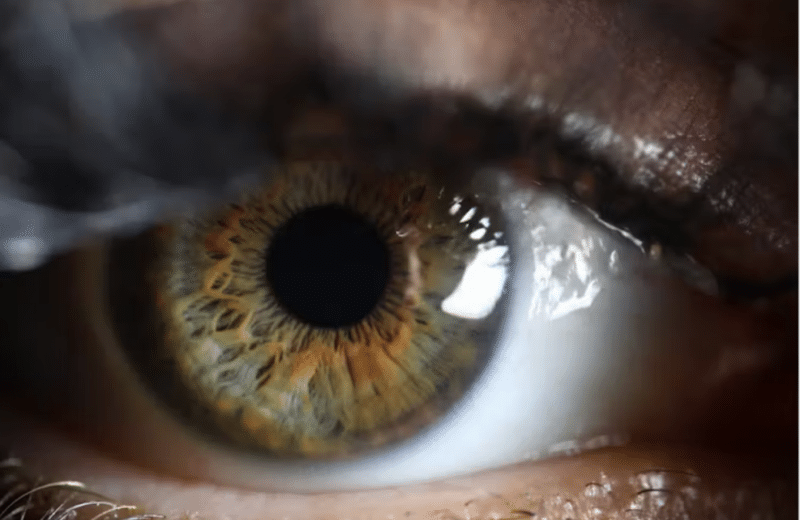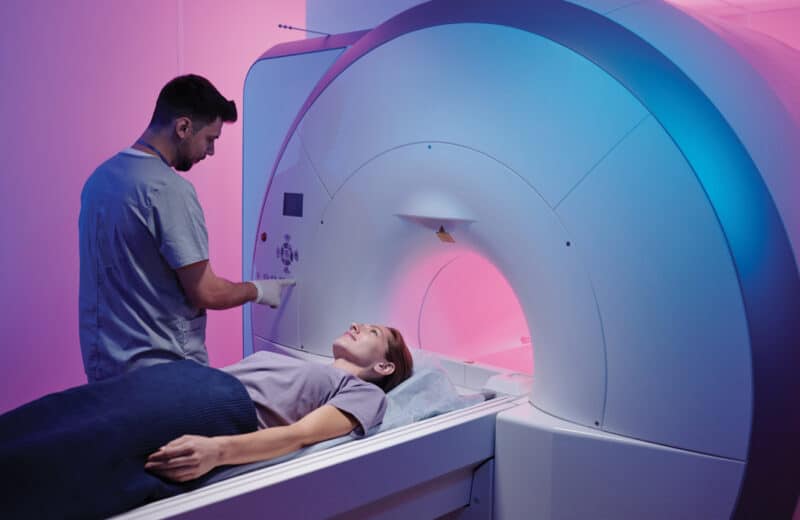Are the effects of arthritis just something we have to deal with as we age?
By Karen Schwartz
Ah, getting older…
You wake up each morning, and that back pain makes it hard to get out of bed. Or perhaps you jogged around your neighborhood, and it feels like you’ve run a marathon. Should you retire to your living room couch with the remote control and give up exercise completely? Not yet. It could be you’ve got a touch—or maybe more than a touch—of arthritis, and more specifically, you may have osteoarthritis. And there are ways to feel better.
According to the Bethesda, Maryland-based National Institute of Arthritis and Musculoskeletal and Skin Diseases (NIAMS), osteoarthritis is the most common type of arthritis, and primarily affects cartilage, the hard but slippery tissue that covers the ends of bones where they meet to form joints. With osteoarthritis, the top layer of cartilage breaks and wears away, allowing bones under the cartilage to rub together, causing pain, swelling, and loss of motion of your joints.
The most commonly affected joints are those at the ends of the fingers, thumbs, neck, lower back, knees and hips. The number of people who have
osteoarthritis increases with age, though younger people may also experience osteoarthritis because of a joint injury, joint malformation or a genetic defect in their joint cartilage. Before age 45, osteoarthritis is more commonly manifested in men; women don’t commonly see symptoms until after age 45.
To prevent osteoarthritis and also lessen its severity once diagnosed, it’s important that you exercise regularly.
“If you don’t already have osteoarthritis, any exercise is good,” says Dr. Ruth Kadanoff, who holds two degrees, a Doctor of Medicine and a Doctor of Philosophy, and is a professor in the division of allergy, immunology and rheumatology at Loyola University Medical Center. “If you have it already, the exercise should be low impact, like swimming or bicycling.”
Staying away from contact sports is a good idea, adds Dr. Robert S. Katz, professor of medicine at Rush University Medical Center in Chicago. “Realize that if you play competitive sports like football or soccer, you’re more likely to be injured, and there’s twisting of the knees or shoulders,” he says. He goes on to recommend sports in which injury is less likely such as swimming, tennis and golf.
In addition to exercise, keeping in good shape is important, says Katz. “The more you let yourself go and get out of shape, the more you’re putting all this pressure on your joints. It’s important to keep the weight [down].”
Katz says that there isn’t any scientific evidence that eating certain foods or taking supplements play a significant role in reducing the severity of arthritis. “People have looked at glucosamine supplements to fortify cartilage, and these days, gluten-free diets are all the rage, but it [taking supplements] hasn’t been proven. Fish oil has been a popular anti-inflammatory strategy, but we don’t really know for sure.” Of course, it won’t hurt you to take it, he says.
Kadanoff, on the other hand, recommends glucosamine with or without chondroitin, for the treatment of arthritis, and it can be purchased over the counter. “I recommend it, and it has hardly any side effects,” she says. “Unless you’re allergic to shellfish, you can take it, and you can stop it after two to three months if it doesn’t work.”
When it comes to surgery for the treatment of osteoarthritis, more people are getting knee and hip replacements these days, says Dr. Harold Rees, assistant professor of reconstructive surgery and joint replacement at Loyola University Medical Center. “A lot of it is because people want to be more active at older ages, and there are also more obese patients in the United States.”
In terms of hip replacement surgery, it’s being done differently these days, Rees notes. “We now have the option to do hip surgery through an anterior approach, where we move the muscles aside as opposed to the more traditional way, where we cut through the muscles. Using the anterior approach, patients get back to their activities more quickly, and they have less pain than if we do surgery the other way.”
So here’s some advice for all you aging Baby Boomers who want to experience fewer arthritic aches and pains: Lose any extra weight, exercise regularly and consult with your physician if you have any pain that seems out of the ordinary. Or, in short, take care of your joints, and your joints will take care of you. [email_link]
Published in Chicago Health Winter/Spring 2013











